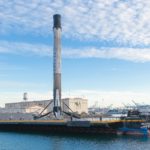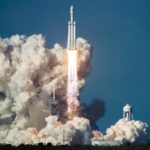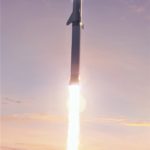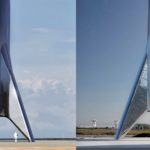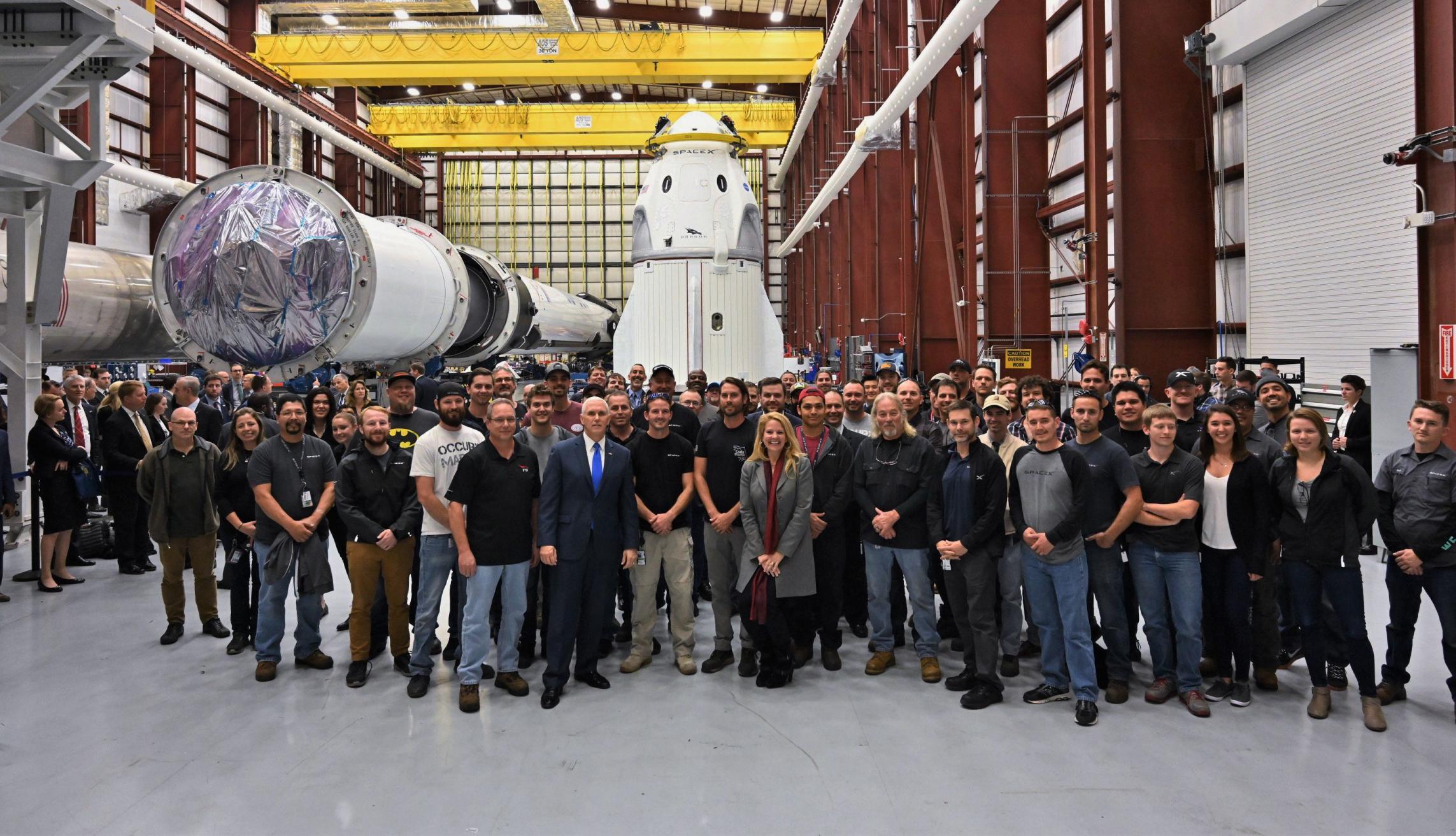
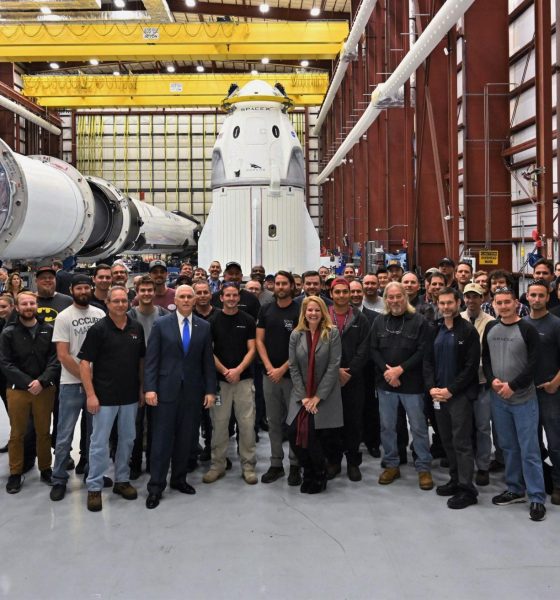
News
SpaceX lays off 10% of staff by email as Falcon Heavy, BFR, and Starlink ramp up
In an unusual move for a privately-held company that raised $500M-750M in the last six months alone and is the 2nd or 3rd most-valuable VC-backed entity in the United States (~$30B), SpaceX abruptly announced a decision to lay off ~10% of its workforce of 7,000+, effective immediately as of January 11th.
Although layoffs are often a necessary evil in particularly competitive industries or underperforming companies, SpaceX is not exactly a strong fit for either characteristic. The company also opted for a truly bizarre and impersonal layoff method so unfriendly that several employees described it feeling like a corporate “Hunger Games” or a “purge”.
https://twitter.com/seanbhart/status/1084139223760945152
Over the past six or so months, a number of reports – most recently confirmed by SEC filings showing ~$270M of $500M raised – noted that SpaceX was seeking considerable investment and capital influx in the form debt (a leveraged loan) and equity sales to the tune of $250M (loan) and $500M (equity) after some back and forth with investors and banks and additional fine-tuning. The terms of SpaceX’s 2018 fundraises are unknown but Bloomberg did acquire information suggesting that the company was only profitable or break-even with after a range of very specific and dubious accounting decisions. Put more bluntly, SpaceX did not demonstrate actionable profitability to investors during their 2018 pitches.
“[SpaceX showed] positive earnings before interest, taxes, depreciation, and amortization of around $270 million for the twelve months through September … But that’s because it included amounts that customers had prepaid and because it excluded costs related to non-core research and development. Without those adjustments, earnings for the period were negative.” – Bloomberg, 19 November 2018
However, the fact of the matter is that SpaceX’s profitability is and has long been nearly irrelevant as long as the company was still able to convince investors that it was wisely investing its funds in potentially revolutionary present and future projects like Falcon Heavy, reusable rockets, BFR, and Starlink. Essentially, if SpaceX could show that they could be profitable if they wanted to be, investors were willing to swallow unusual risks in return for prestige and a potentially vast payout down the road. The decision to lay off 10% of the company’s workforce immediately after raising anywhere from $500-750M could indicate that layoffs were either directly or indirectly related to the terms of its fundraising rounds.
When you're talking about 850 layoffs across the company, there's no way even the best company at hiring/firing decisions is going to avoid making tons of mistakes about who they kept and who they let go.
— Jonathan A. Goff (@rocketrepreneur) January 12, 2019
Notably, some basic back-of-the-napkin estimates would suggest that cutting 10% (say 700-800 employees) at an average salary (or equivalent hourly pay) of ~$90K/year* with an average overhead of 30% would reduce SpaceX’s operational costs by $80-100M annually, potentially enough to sway the above financial account enough to show a small annual profit or at least allow the company to break even. Put frankly, $80-100M per year is not nearly enough to plausibly fund SpaceX’s BFR and Starlink development programs at anything close to the ambitious schedules CEO Elon Musk has laid out for the company, including orbital BFR launches as early as 2020 and getting Starlink to initial operational status around the same time (2020-2021).
- Falcon 9 Block 5 booster B1049. (Pauline Acalin)
- Falcon Heavy clears the tower. (Photo: Tom Cross/Teslarati)
- BFR (2018) breaks through a cloud layer shortly after launch. (SpaceX)
- SpaceX’s Starhopper seen in a January render and a January photo. (SpaceX/Elon Musk)
- One of the first two prototype Starlink satellites separates from Falcon 9’s upper stage, February 2018. (SpaceX)
- SpaceX’s first two Starlink prototype satellites are pictured here before their inaugural launch, showing off a thoroughly utilitarian bus and several advanced components. (SpaceX)
However, saving ~$100M annually might be enough to sway investors that are less prestige-hungry and more conservative to bet on a successful but still relatively high-risk launch company. To be even more generous, one could assume that ~800 employees were strategically cut to remove entire internal groups or departments no longer needed, perhaps doubling or tripling the annual savings to $200M-$300M, still not even close to enough money to fund more than 10-20% of expected BFR and Starlink capex.
In September 2018, CEO Elon Musk estimated the new rocket would cost ~$5B to develop (no less than $2B, no more than $10B) on its own, entirely excluding the $10B COO/President Gwynne Shotwell estimated SpaceX’s Starlink satellite internet constellation would cost to complete in April 2018. Working on profits of less than $300M a year, it would take SpaceX decades of stable earnings to foot that collective $12B-20B bill.
“To continue delivering for our customers and to succeed in developing interplanetary spacecraft and a global space-based Internet, SpaceX must become a leaner company. Either of these developments, even when attempted separately, have bankrupted other organizations. This means we must part ways with some talented and hardworking members of our team. We are grateful for everything they have accomplished and their commitment to SpaceX’s mission. This action is taken only due to the extraordinarily difficult challenges ahead and would not otherwise be necessary.” – SpaceX, January 11
* (Source: Payscale)

A new level of “counterintuitive”
Regardless of whether SpaceX had sincere and angelic motivations for these layoffs (it’s nearly impossible to know), the single most unpleasant aspect of the whole ordeal is how the company managed it and communicated with employees. According to comments and hints from a dozen or more employees, the process began with next to no official warning around lunchtime on Friday, January 11th. Employees attended an all-hands meeting where they were told in frank terms that a major portion of the company – those deemed to be lower performers – would be laid off within 24 hours. All 7000+ employees were told around the same time.
The catch: nobody was told who exactly would be cut – instead, SpaceX would force every single employee to leave work early on Friday and spend 12-24 hours in total uncertainty until an unspecified time on Saturday, when they were – in theory – supposed to receive an email telling them whether or not they still had a job waiting for them on Monday. In many cases, workers were forced to call a number provided by SpaceX and ask the company themselves if they still had jobs, not even receiving the absolute minimum courtesy of some sort of call or notification. Whether the given employee was five months or five years senior, the process was identical – ~24 hours of avoidable existential uncertainty followed by an automated email or phone call that you had to make yourself.
Nobody was offered a clear explanation as to why they were chosen out of all SpaceX employees. Workers who had given their heart, soul, blood, sweat, and tears to SpaceX for more than half a decade were – very literally – fired over email without the simplest explanation and told to not return to work unless returning company property, effective immediately. Thanks to California’s WARN Act protections, all laid off employees in California will thankfully be paid for two additional months (until March 11, 2019) to support job searching and re-training.
- A bittersweet sunrise as Falcon 9 B1049 arrives in port. (Pauline Acalin)
- Workers process Falcon 9 B1048 after recovery. (Pauline Acalin)
- Workers process Falcon 9 B1046 after the booster’s third flawless launch and landing in seven months. (Pauline Acalin)
- SpaceX recovery technicians work on Falcon 9 with similar cherry-picker lifts, offering a sense of scale of the new Starship water tower. (Pauline Acalin)
It’s impossible to know who exactly within SpaceX thought this method of layoffs was preferable to something at least a modicum more humane. It’s equally unclear why these layoffs are happening now, and SpaceX’s official statement appears to be an unsatisfactory half-answer at best. To the 90% that remain, one can only wish them the best and hope that those 10% cut from the company were not all as essential as some of them seem to have been. In the meantime, it appears that SpaceX will continue to push ahead in attempts to improve Falcon 9 reusability, field the next Falcon Heavy, build out and launch Starlink, and develop BFR.
Some of those at SpaceX responsible for enabling the company’s many, many extraordinary achievements hopefully still remain and will be able to ensure that the company keeps heading down the right paths in spite of major speedbumps like this. If you or anyone you know knows someone who works at SpaceX or have been inspired by the company’s mission and many successes in spite of the odds, make sure to be cognizant and appreciative of the tens or hundreds of thousands of rewarded (and unrewarded) hours of hard work that go into every single major and minor SpaceX achievement. To any employees reading, thank you for your dedication and keep fighting the hard fight.
Happy Labor Day! We feel so lucky to work with such an awesome team @SpaceX. pic.twitter.com/aXQXN3fGlA
— SpaceX (@SpaceX) September 3, 2013

News
I subscribed to Tesla Full Self-Driving after four free months: here’s why
It has been incredibly valuable to me, and that is what my main factor was in considering whether to subscribe or not. It has made driving much less stressful and much more enjoyable.
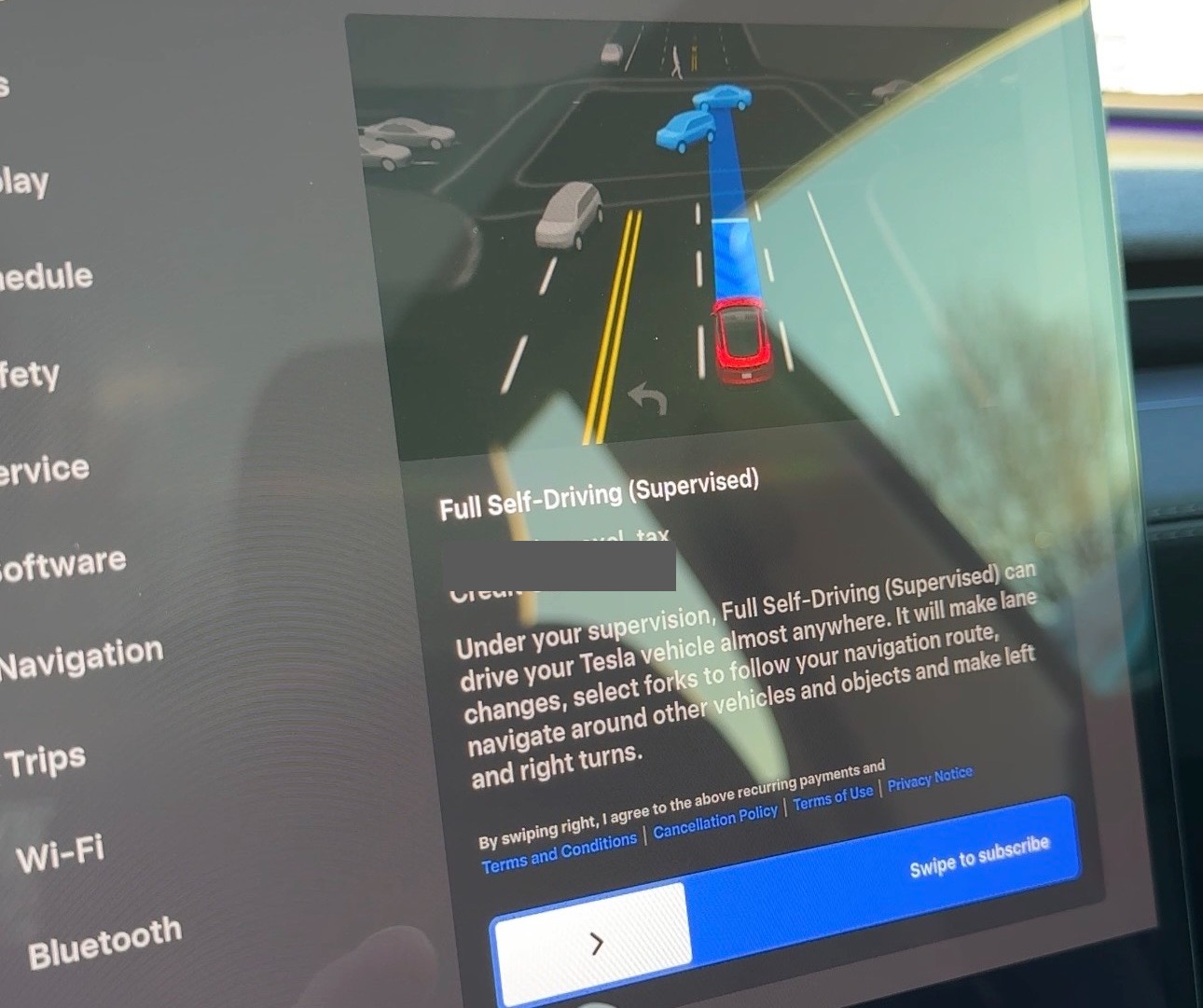
I have been lucky enough to experience Tesla Full Self-Driving for the entire duration of my ownership experience for free — for four months, I have not had to pay for what I feel is the best semi-autonomous driving suite on the market.
Today, my free trial finally ran out, and I had two choices: I could go without it for a period until I felt like I absolutely needed it, or I could subscribe to it, pay $99 per month, and continue to experience the future of passenger transportation.
I chose the latter, here’s why.
Tesla Full Self-Driving Takes the Stress Out of Driving
There are a handful of driving situations that I don’t really enjoy, and I think we all have certain situations that we would just rather not encounter. This is not to say that I won’t ever experience them as someone who has driven a car for 15 years (it feels weird saying that).
I don’t love to drive in cities; I really don’t like driving on I-695 on my way to Baltimore, and I truly hate parallel parking. All three things I can do and have done, all three within the past few weeks, too.
It takes all the stress out of city driving pic.twitter.com/q0SPPrH4HU
— TESLARATI (@Teslarati) December 4, 2025
However, if I can avoid them, I will, and Tesla Full Self-Driving does that for me.
Tesla Full Self-Driving Eliminates the Monotony
I drive to my alma mater, Penn State University, frequently in the Winter as I am a season ticket holder to Wrestling and have been for 16 years now.
The drive to State College is over two hours and over 100 miles in total, and the vast majority of it is boring as I travel on Rt 322, which is straight, and there is a lot of nature to look at on the way.
I am willing to let the car drive me on that ride, especially considering it is usually very low traffic, and the vast majority of it is spent on the highway.
The drive, along with several others, is simply a boring ride, where I’d much rather be looking out the windshield and windows at the mountains. I still pay attention, but having the car perform the turns and speed control makes the drive more enjoyable.
Tesla Full Self-Driving Makes Navigating Easier
Other than the local routes that I routinely travel and know like the back of my hand, I’ve really enjoyed Full Self-Driving’s ability to get me to places — specifically new ones — without me having to constantly check back at the Navigation.
Admittedly, I’ve had some qualms with the Nav, especially with some routing and the lack of ability to choose a specific route after starting a drive. For example, it takes a very interesting route to my local Supercharger, one that nobody local to my area would consider.
But there are many times I will go to a new palce and I’m not exactly sure where to go or how to get there. The Navigation, of course, helps with that. However, it is really a luxury to have my car do it for me.
To Conclude
There was no doubt in my mind that when my Full Self-Driving trial was up, I’d be subscribing. It was really a no-brainer. I am more than aware that Full Self-Driving is far from perfect, but it is, without any doubt, the best thing about my Tesla, to me.
It has been incredibly valuable to me, and that is what my main factor was in considering whether to subscribe or not. It has made driving much less stressful and much more enjoyable.
🚨 How I’ve gotten Tesla Full Self-Driving for free…until now
Watch me subscribe to Tesla FSD! https://t.co/bjK7EEOptR pic.twitter.com/cs5CmN5PdJ
— TESLARATI (@Teslarati) January 7, 2026
News
Tesla Diner becomes latest target of gloom and doom narrative
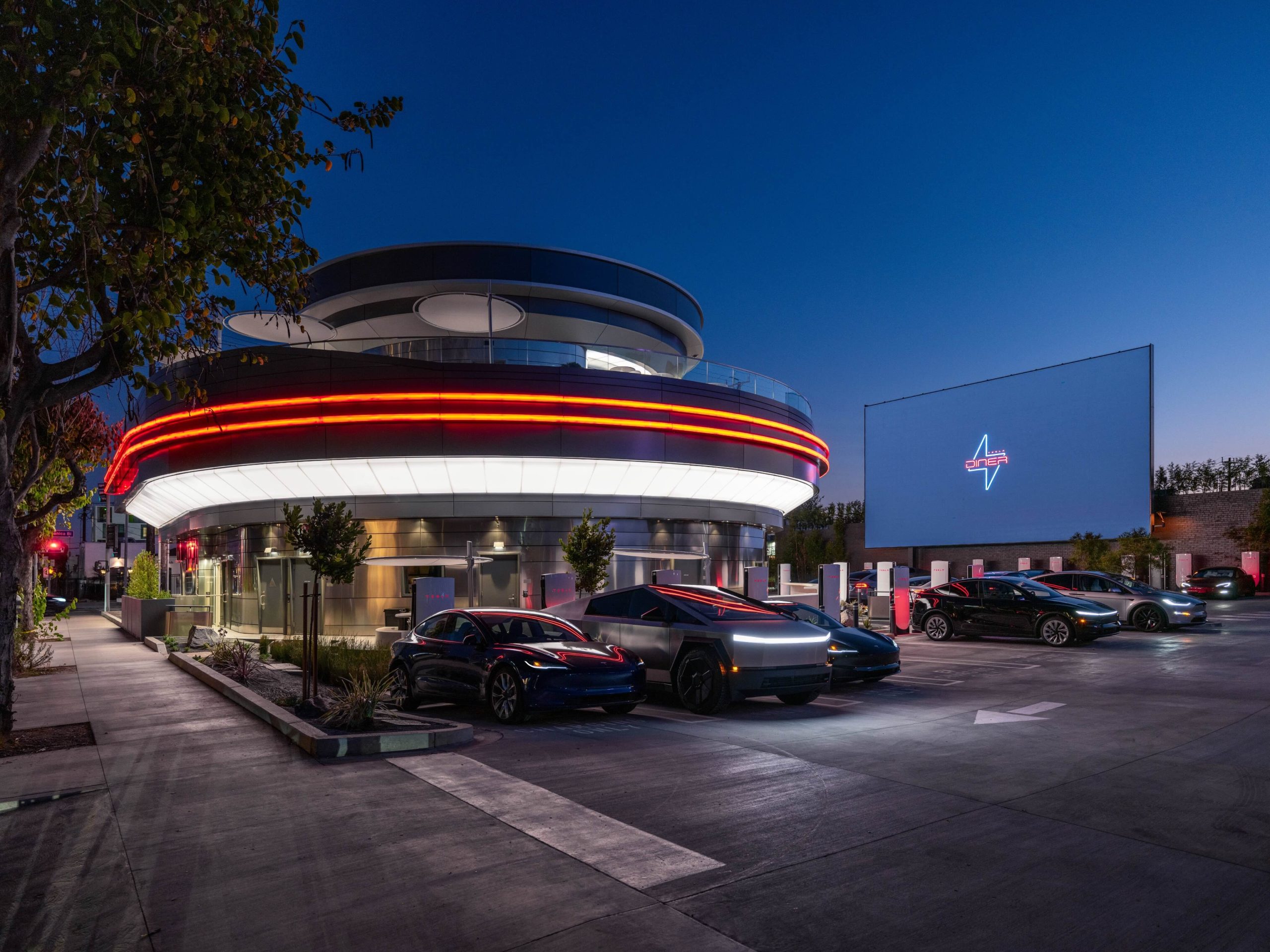
The Tesla Diner has been subject to many points of criticism since its launch in mid-2025, and skeptics and disbelievers claim the company’s latest novel concept is on its way down, but there’s a lot of evidence to state that is not the case.
The piece cites anecdotal evidence like empty parking lots, more staff than customers during a December visit, removed novelty items, like Optimus robot popcorn service and certain menu items, the departure of celebrity chef Eric Greenspan in November 2025, slow service, high prices, and a shift in recent Google/Yelp reviews toward disappointment.
The piece frames this as part of broader Tesla struggles, including sales figures and Elon Musk’s polarizing image, calling it a failed branding exercise rather than a sustainable restaurant.
This narrative is overstated and sensationalized, and is a good representation of coverage on Tesla by today’s media.
Novelty Fade is Normal, Not Failure
Any hyped launch, especially a unique Tesla-branded destination blending dining, Supercharging, and a drive-in theater, naturally sees initial crowds taper off after the “Instagram effect” wears down.
Tesla makes major change at Supercharger Diner amid epic demand
This is common for experiential spots in Los Angeles, especially pop-up attractions or celebrity-backed venues. The article admits early success with massive lines and social media buzz, but treats the return to normal operations as “dying down.”
In reality, this stabilization is a healthy sign of transitioning from hype-driven traffic to steady patronage.
Actual Performance Metrics Contradict “Ghost Town” Claims
- In Q4 2025, the Diner generated over $1 million in revenue, exceeding the average McDonald’s location
- It sold over 30,000 burgers and 83,000 fries in that quarter alone. These figures indicate a strong ongoing business, especially for a single-location prototype focused on enhancing Supercharger experiences rather than competing as a mass-market chain
It’s not a ghost town lol. The @Tesla Diner still had over 30,000 burger orders and 83,000 fries orders in Q4. The diner generated over $1M in revenue in Q4, a $4M annual run rate, which is more than the average McDonald’s…. pic.twitter.com/XvAGLUqxej
— Sawyer Merritt (@SawyerMerritt) January 4, 2026
Conflicting On-the-Ground Reports
While the article, and other similar pieces, describe a half-full parking lot and sparse customers during specific off-peak visits, other recent accounts push back:
- A January 2026 X post noted 50 of 80 Supercharger stalls were busy at 11 a.m., calling it “the busiest diner in Hollywood by close to an order of magnitude
TESLA DINER 🍔
Frantic!!!
Crazy busy. pic.twitter.com/wMbmr8SFFn
— Rich & Sharon (@HullTeslaModel3) January 4, 2026
- Reddit discussions around the same time describe it as not empty when locals drive by regularly, with some calling the empty narrative “disingenuous anti-Tesla slop.”
When we visited it last week it was packed. We had to wait to enter, get a table and go to the restroom. We were lucky to find a spot to charge.
— Rani G (@ranig) January 4, 2026
Bottom Line
The Tesla Diner, admittedly, is not the nonstop circus it was at launch–that was never sustainable or intended. But, it’s far from “dying” or an “empty pit stop.”
It functions as a successful prototype: boosting Supercharger usage, generating solid revenue, and serving as a branded amenity in the high-traffic EV market of Los Angeles.
News
Tesla stands to win big from potential adjustment to autonomous vehicle limitations
Enabling scale, innovation, and profitability in a sector that is growing quickly would benefit Tesla significantly, especially as it has established itself as a leader.
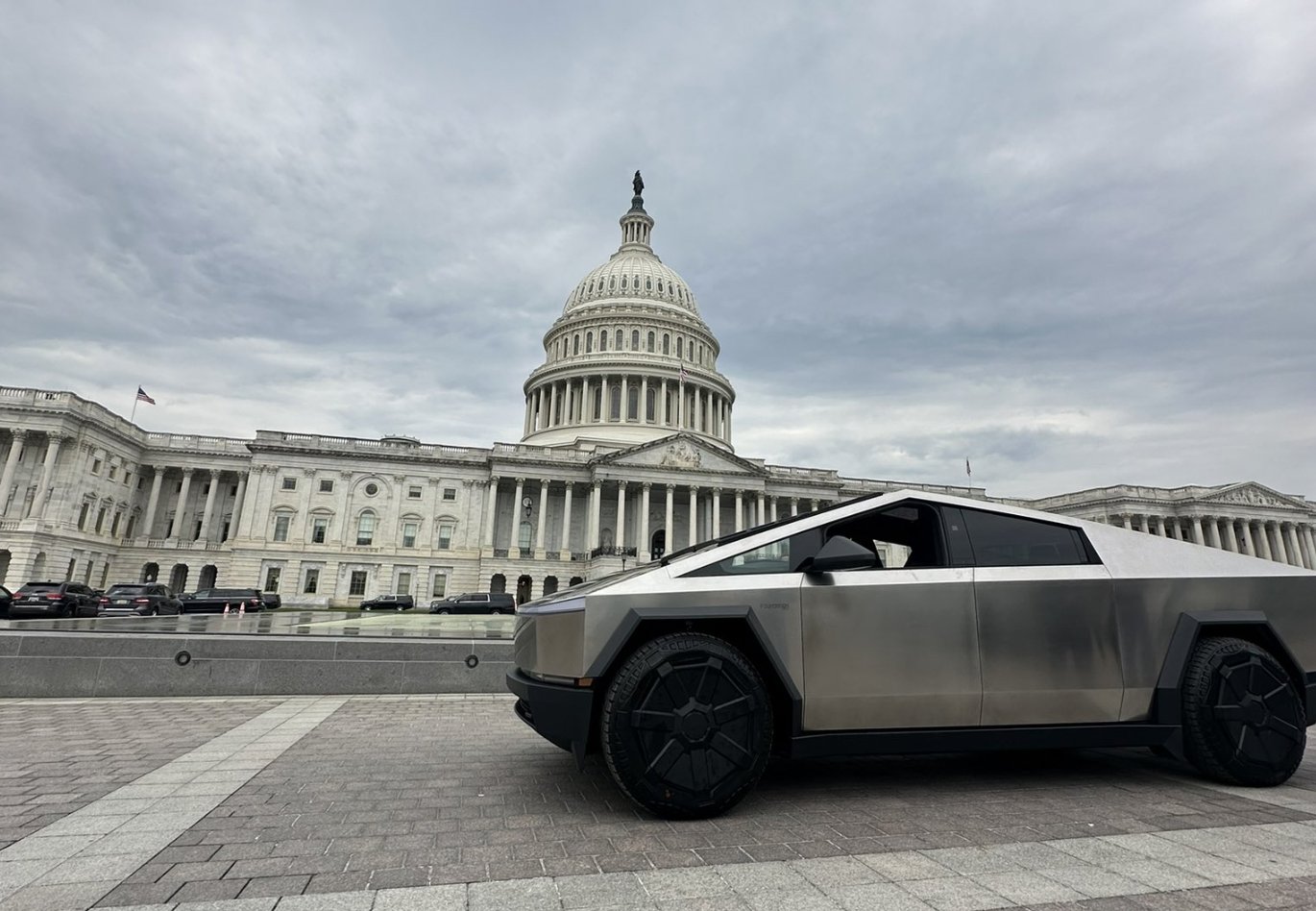
Tesla stands to be a big winner from a potential easing of limitations on autonomous vehicle development, as the United States government could back off from the restrictions placed on companies developing self-driving car programs.
The U.S. House Energy and Commerce subcommittee will hold a hearing later this month that will aim to accelerate the deployment of autonomous vehicles. There are several key proposals that could impact the development of self-driving cars and potentially accelerate the deployment of this technology across the country.
These key proposals include raising the NHTSA’s exemption cap from 2,500 to 90,000 vehicles per year per automaker, preempting state-level regulations on autonomous vehicle systems, and mandating NHTSA guidelines for calibrating advanced driver assistance systems (ADAS).
Congress, to this point, has been divided on AV rules, with past bills like the 2017 House-passed measure stalling in the Senate. Recent pushes come from automakers urging the Trump administration to act faster amid competition from Chinese companies.
Companies like Tesla, who launched a Robotaxi service in Austin and the Bay Area last year, and Alphabet’s Waymo are highlighted as potential beneficiaries from lighter sanctions on AV development.
The NHTSA recently pledged to adopt a quicker exemption review for autonomous vehicle companies, and supporters of self-driving tech argue this will boost U.S. innovation, while critics are concerned about safety and job risks.
How Tesla Could Benefit from the Proposed Legislation
Tesla, under CEO Elon Musk’s leadership, has positioned itself as a pioneer in autonomous driving technology with its Full Self-Driving software and ambitious Robotaxi plans, including the Cybercab, which was unveiled in late 2024.
The draft legislation under consideration by the U.S. House subcommittee could provide Tesla with significant advantages, potentially transforming its operational and financial landscape.
NHTSA Exemption Cap Increase
First, the proposed increase in the NHTSA exemption cap from 2,500 to 90,000 vehicles annually would allow Tesla to scale up development dramatically.
Currently, regulatory hurdles limit how many fully autonomous vehicles can hit the roads without exhaustive approvals. For Tesla, this means accelerating the rollout of its robotaxi fleet, which Musk envisions as a network of millions of vehicles generating recurring revenue through ride-hailing. With Tesla’s vast existing fleet of over 6 million vehicles equipped with FSD hardware, a higher cap could enable rapid conversion and deployment, turning parked cars into profit centers overnight.
Preempting State Regulations
A united Federal framework would be created if it could preempt State regulations, eliminating the patchwork of rules that currently complicate interstate operations. Tesla has faced scrutiny and restrictions in states like California, especially as it has faced harsh criticism through imposed testing limits.
A federal override of State-level rules would reduce legal battles, compliance costs, and delays, allowing Tesla to expand services nationwide more seamlessly.
This is crucial for Tesla’s growth strategy, as it operates in multiple markets and aims for a coast-to-coast Robotaxi network, competing directly with Waymo’s city-specific expansions.
Bringing Safety Standards to the Present Day
Innovation in the passenger transportation sector has continued to outpace both State and Federal-level legislation, which has caused a lag in the development of many things, most notably, self-driving technology.
Updating these outdated safety standards, especially waiving requirements for steering wheels or mirrors, directly benefits Tesla’s innovative designs. Tesla wanted to ship Cybertruck without side mirrors, but Federal regulations required the company to equip the pickup with them.
Cybercab is also planned to be released without a steering wheel or pedals, and is tailored for full autonomy, but current rules would mandate human-ready features.
Streamlined NHTSA reviews would further expedite approvals, addressing Tesla’s complaints about bureaucratic slowdowns. In a letter written in June to the Trump Administration, automakers, including Tesla, urged faster action, and this legislation could deliver it.
In Summary
This legislation represents a potential regulatory tailwind for Tesla, but it still relies on the government to put forth action to make things easier from a regulatory perspective. Enabling scale, innovation, and profitability in a sector that is growing quickly would benefit Tesla significantly, especially as it has established itself as a leader.
